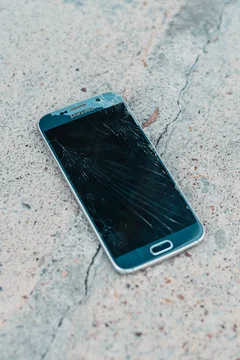Chief Judge Connolly requires that the parties to his cases provide fairly detailed infringement and invalidity contentions early in the schedule, and requires a showing of good cause for any amendments to those contentions.
The question of what constitutes "good cause" is fact-specific, but Judge Connolly's form scheduling order does provide some helpful guidance:
Non-exhaustive examples of circumstances that may, absent undue prejudice to the non-moving party, support a finding of good cause include (a) recent discovery of material prior art despite earlier diligent search and (b) recent discovery of nonpublic information about the Accused Instrumentality which was not discovered, despite diligent efforts, before the service of the Infringement Contentions.
Recently, the plaintiff in Volterra Semiconductor LLC v. Monolithic Power Systems, Inc., C.A. No. 19-2240-CFC-SRF, moved to amend its infringement contentions. The motion was referred to Magistrate Judge Fallon.
The plaintiff (Volterra) had initially accused...






